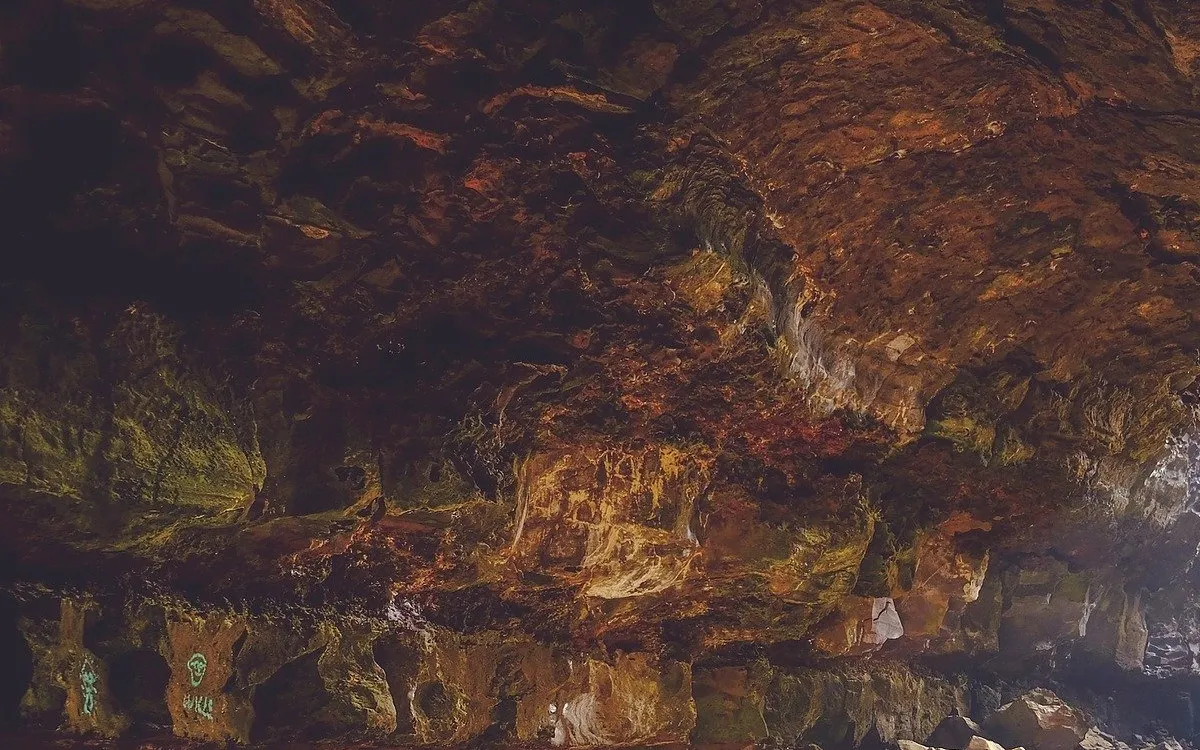
Recent research from the University of Michigan reveals that ancient Homo sapiens may have utilized innovative technologies like sunscreen, tailored clothing, and cave habitation to adapt to environmental challenges during the Laschamps excursion, a period marked by the shifting of the magnetic North Pole approximately 41,000 years ago. These adaptations likely offered protection against harmful solar radiation that increased due to a weakened magnetic field.
The study, published in Science Advances, investigates how the Northern Hemisphere experienced changes in its magnetic field, which has flipped positions numerous times throughout Earth's history—approximately 180 times. Although the magnetic reversal didn't fully complete during this excursion, the weakening of the magnetic shield allowed more ultraviolet (UV) light to penetrate the atmosphere. This period presented both challenges and opportunities for Homo sapiens in Europe, coinciding with a decline in the Neanderthal population.
According to Agnit Mukhopadhyay, the lead author and a research affiliate in climate and space sciences, the study combined multiple regions where the magnetic field was disrupted, allowing harmful cosmic radiation to reach the ground. The research team noted a significant correlation between this radiation exposure and early human activities, including an increased reliance on caves and the development of prehistoric sunscreen made from ochre, which has natural sun-protective properties.
Earth's magnetic field, generated by the rotation of its molten iron core, serves as a protective barrier against cosmic radiation that can deplete the ozone layer. This radiation is responsible for the stunning natural phenomenon known as the aurora. Mukhopadhyay utilized the Space Weather Modeling Framework to create simulations that predict how solar plasma interacts with the magnetic field, influencing auroral activity. These interactions are vital to understanding how geomagnetic excursions impact life on Earth.
Homo sapiens, often referred to as anatomically modern humans, arrived in Europe around 56,000 years ago. By 40,000 years ago, Neanderthals had disappeared from the region. Raven Garvey, an associate professor of anthropology at U-M, emphasizes the significance of technological advancements in clothing, which were primarily associated with Homo sapiens. Archaeological findings reveal tools such as scrapers, needles, and awls used for sewing, which enabled the creation of tailored clothing that offered warmth and protection from solar radiation.
Garvey notes that tailored clothing provided dual benefits: it kept individuals warmer and allowed them to forage further from their shelters. Furthermore, this clothing may have offered protection against the detrimental effects of solar radiation, which can lead to health issues such as ocular problems and folate depletion. The increased use of ochre during this period suggests that Homo sapiens recognized its potential as a natural sunscreen, further enhancing their survival strategies.
While the researchers caution that their findings are correlational, the study provides a fresh perspective on how ancient humans adapted to significant environmental changes. Mukhopadhyay indicates that understanding past geomagnetic excursions can offer valuable insights into potential future events. Today, a similar excursion could disrupt communication satellites and telecommunication systems, underscoring the need for preparedness in the face of space weather events.
This research not only sheds light on the survival strategies of Homo sapiens but also contributes to the broader understanding of life on other planets. Mukhopadhyay suggests that studying prehistoric Earth challenges the notion that a strong magnetic field is essential for life, as ancient humans thrived in a very different atmospheric environment. The multidisciplinary collaboration in this study highlights the importance of integrating various scientific fields to unravel the complexities of human history and evolution.
Co-authors of the study include researchers from Michigan Engineering, the Finnish Meteorological Institute, and various European institutions, all contributing to a comprehensive understanding of how ancient technologies shaped human survival.